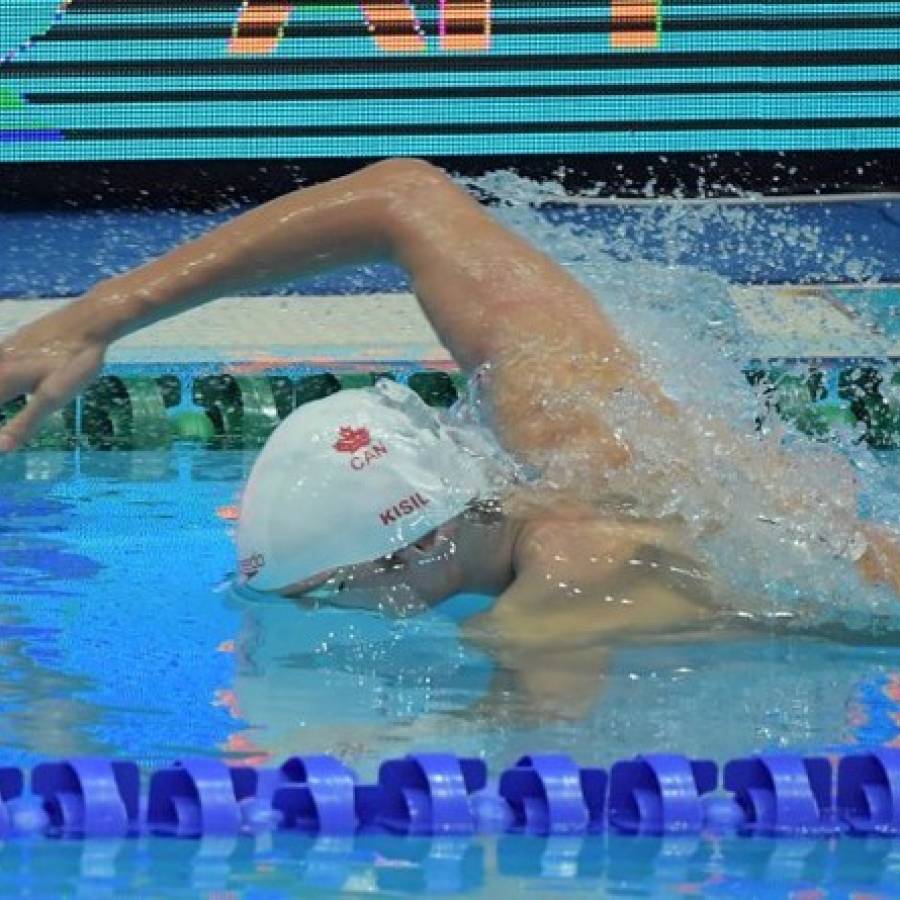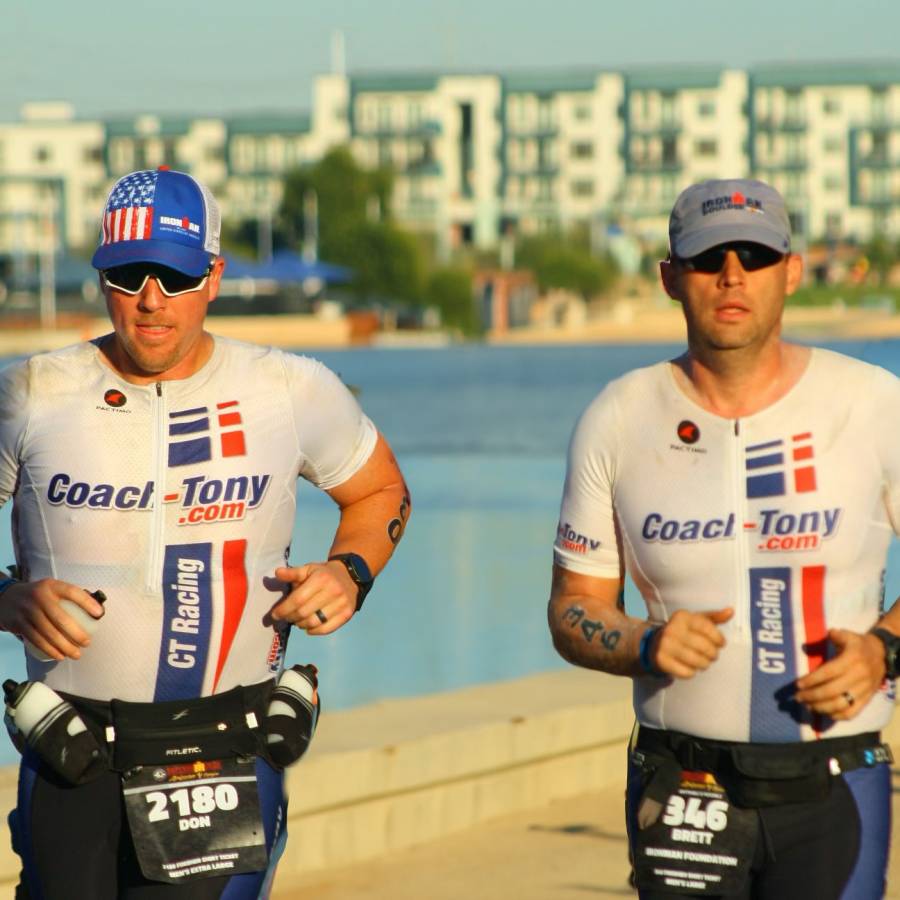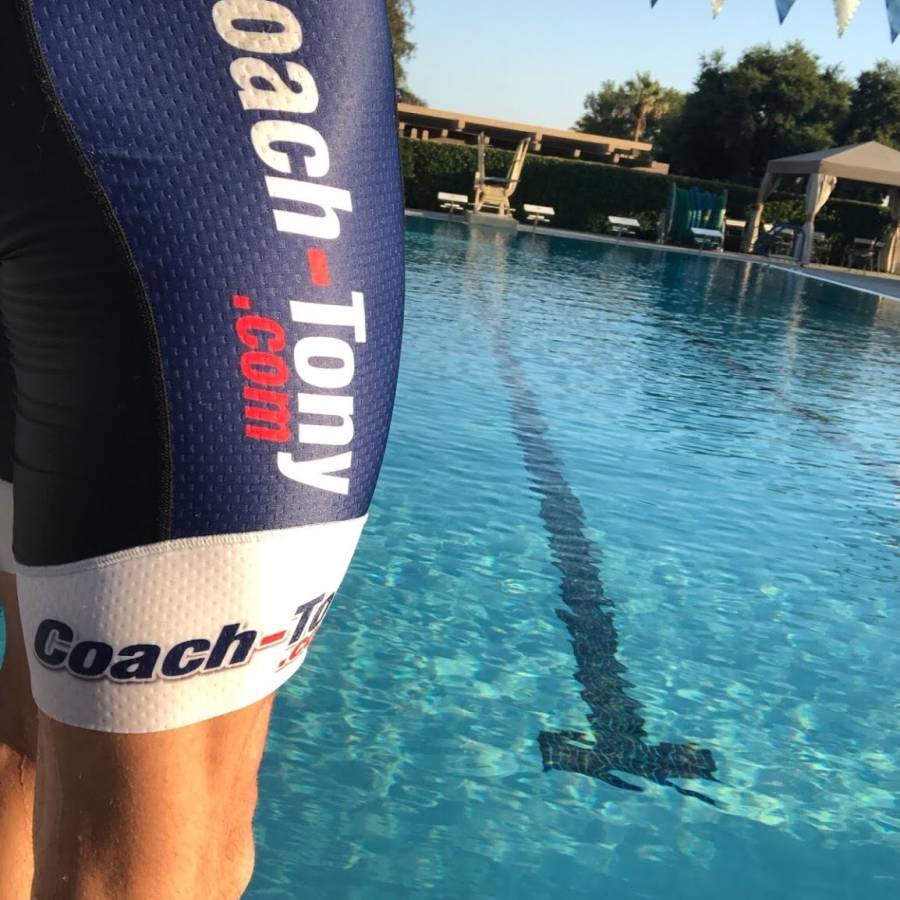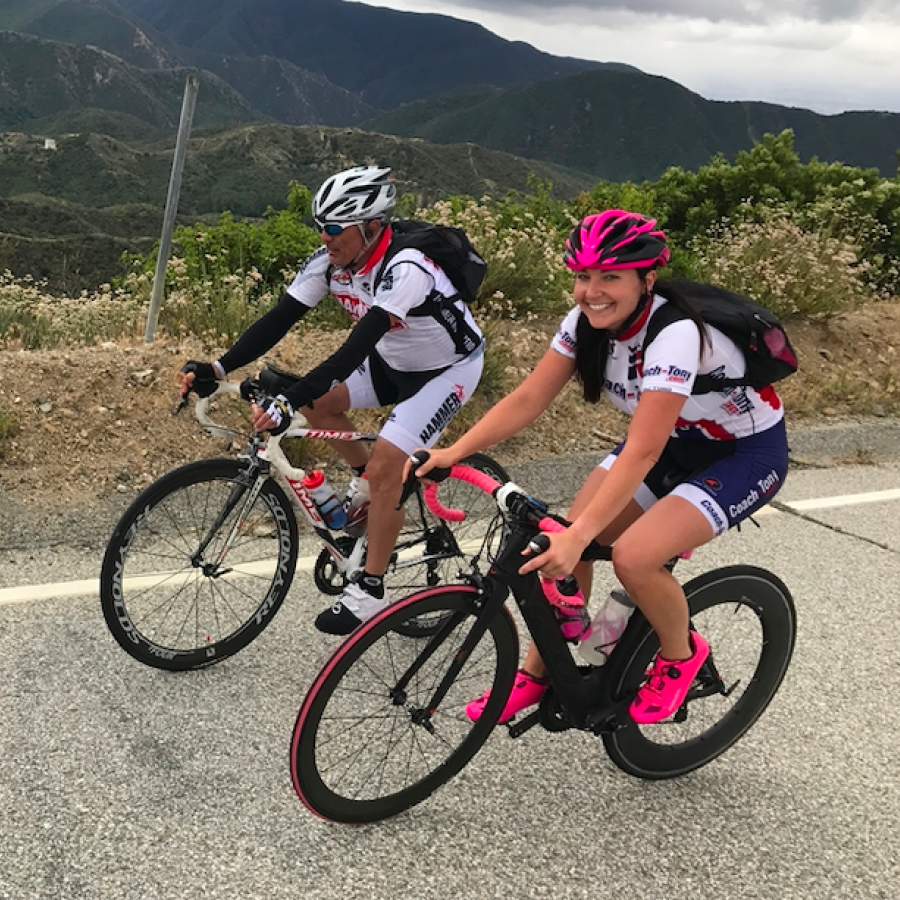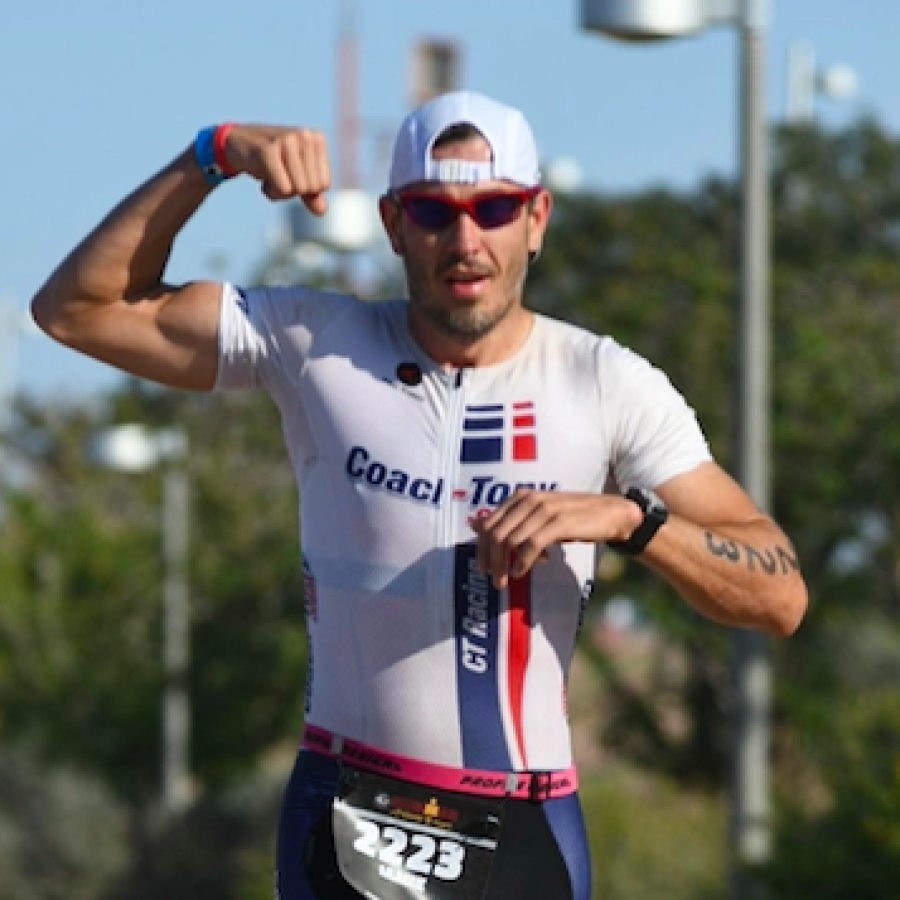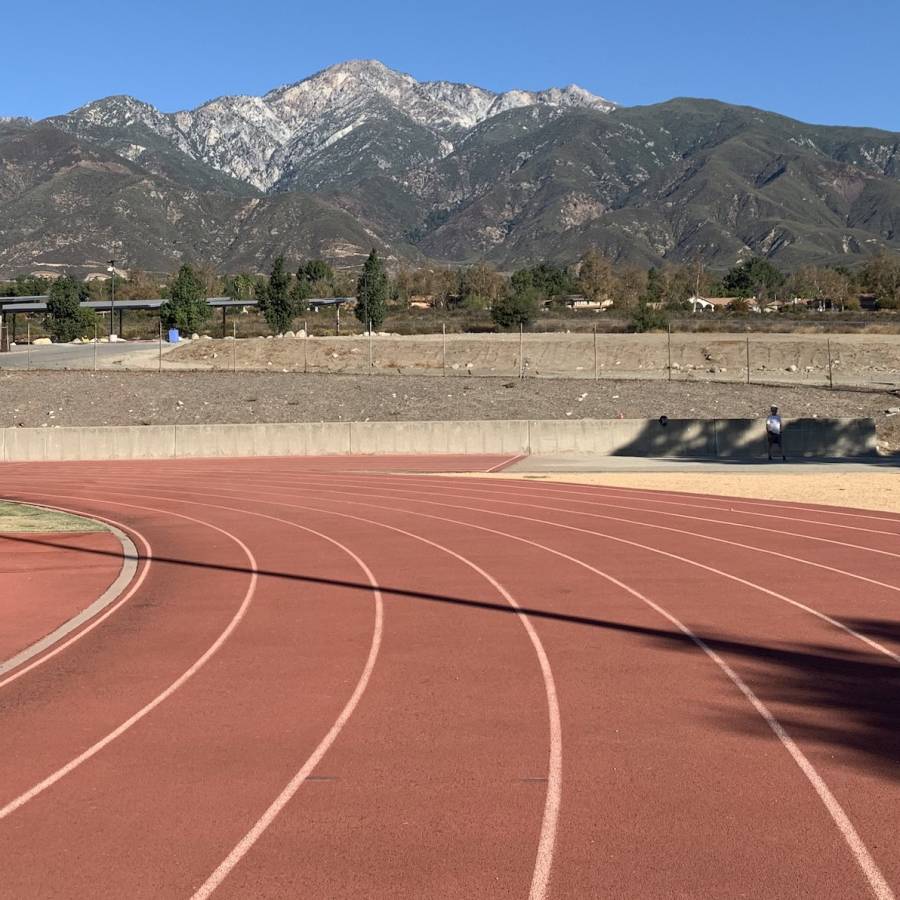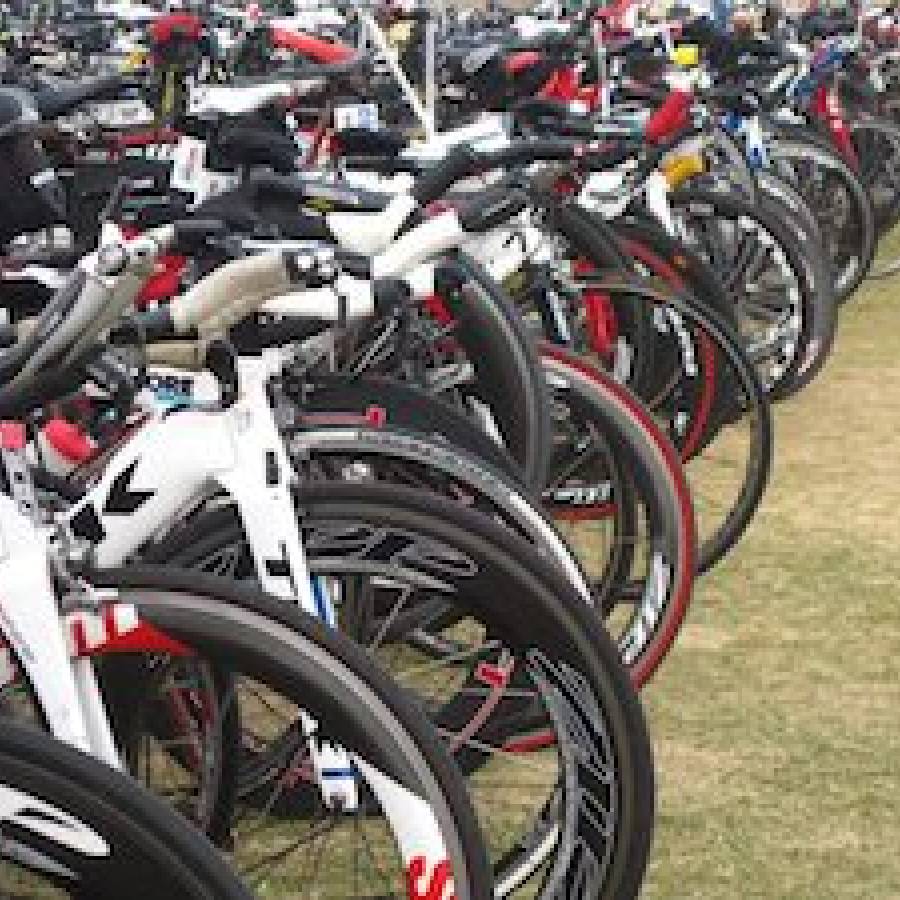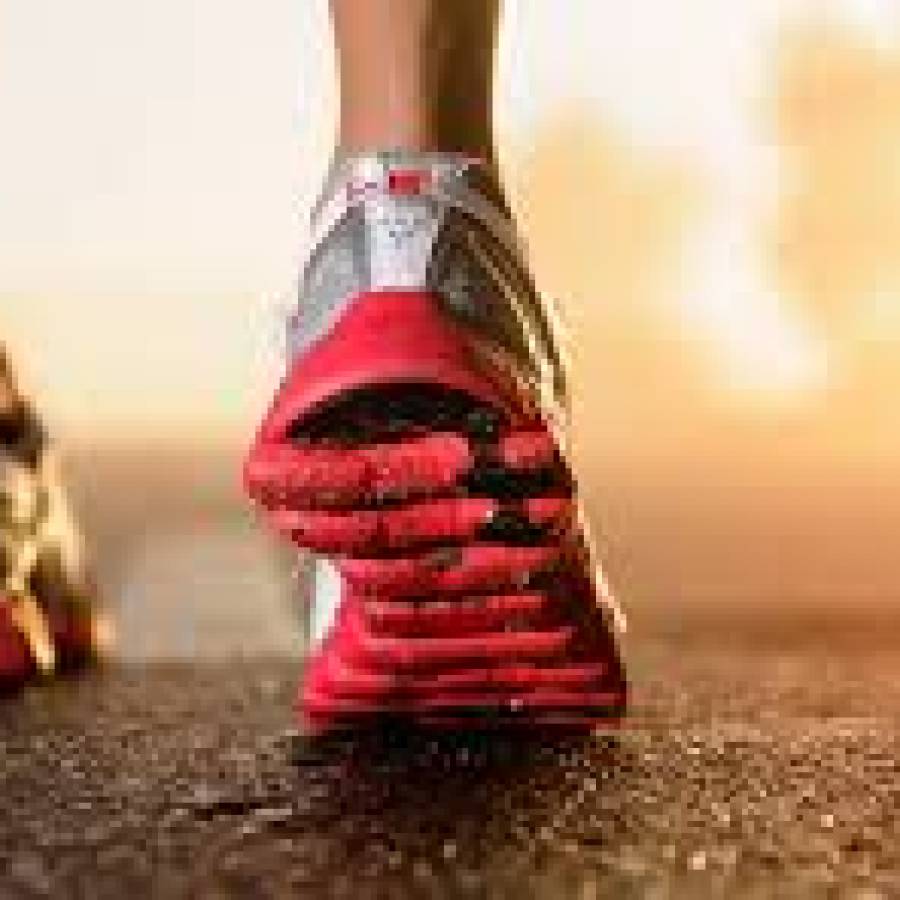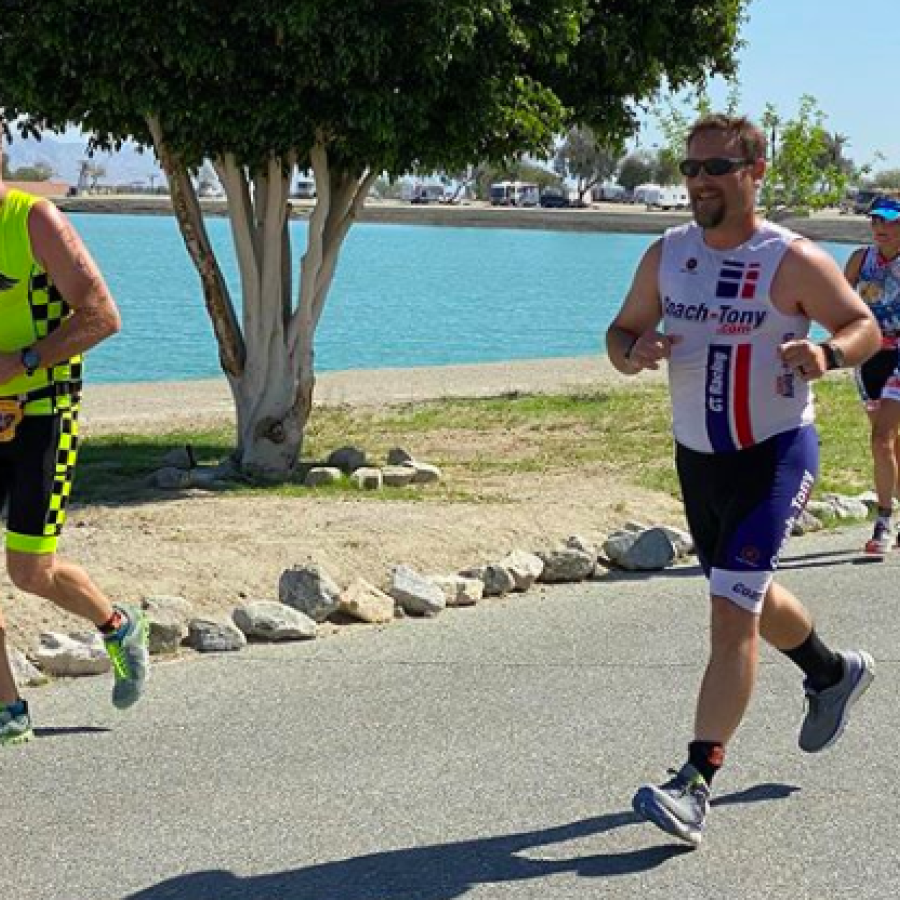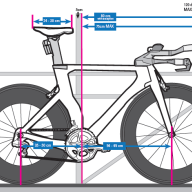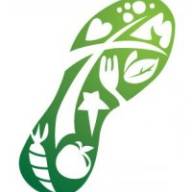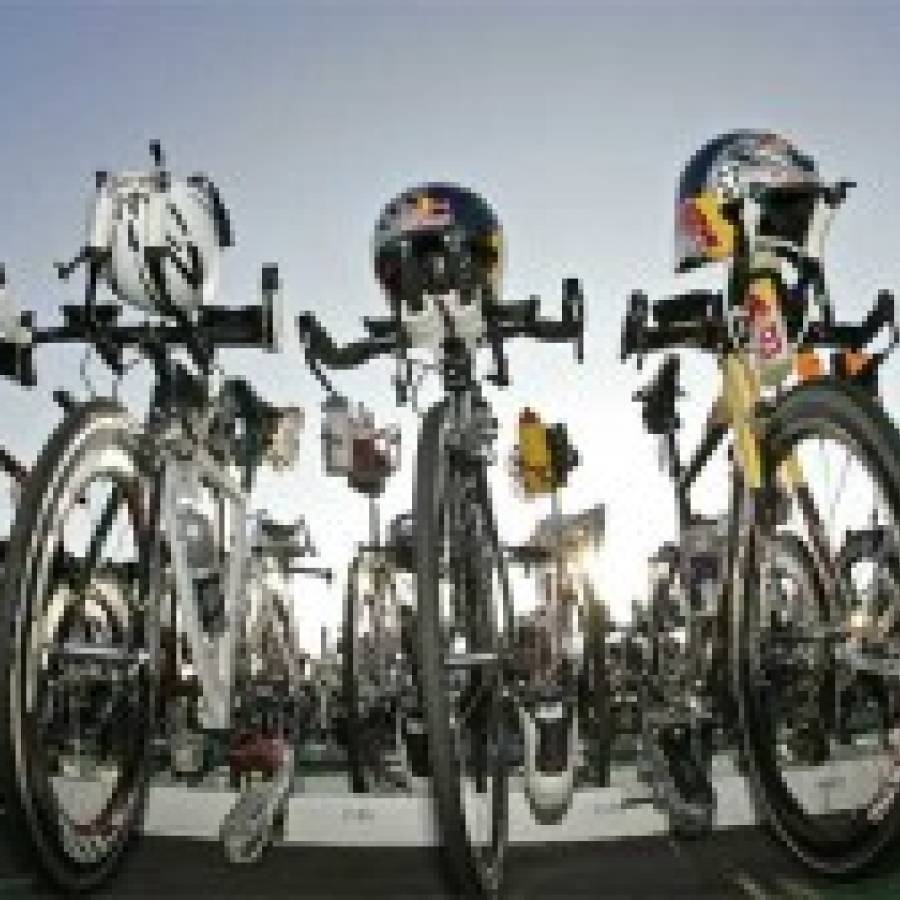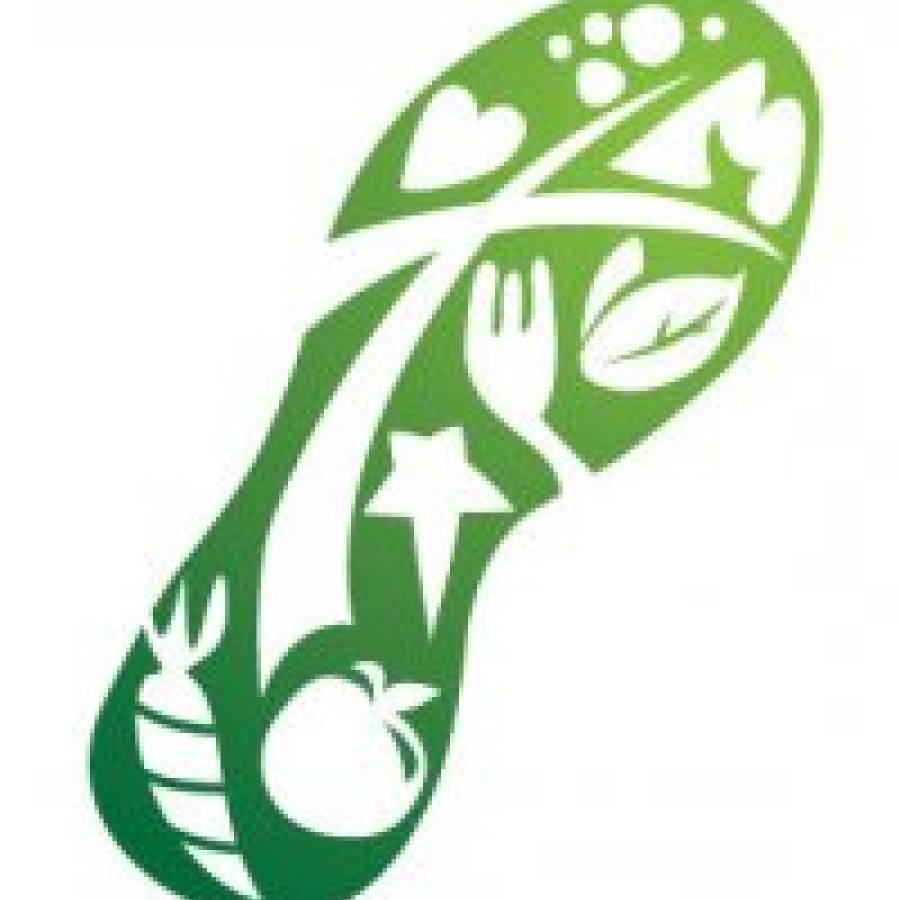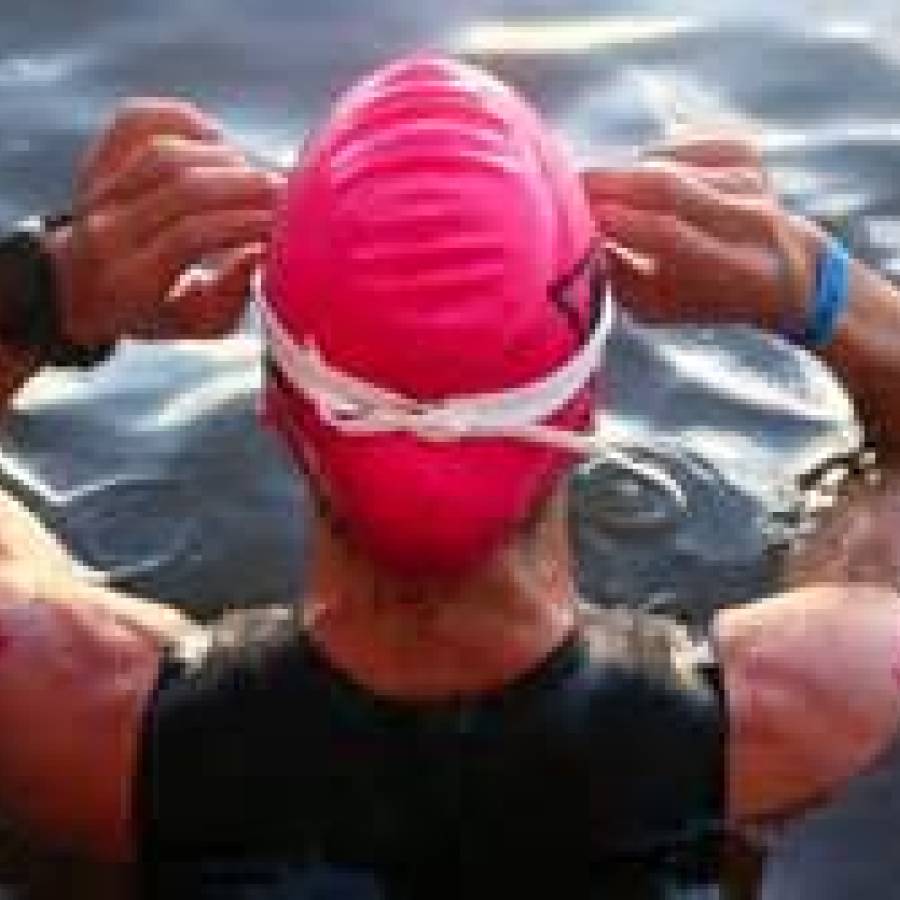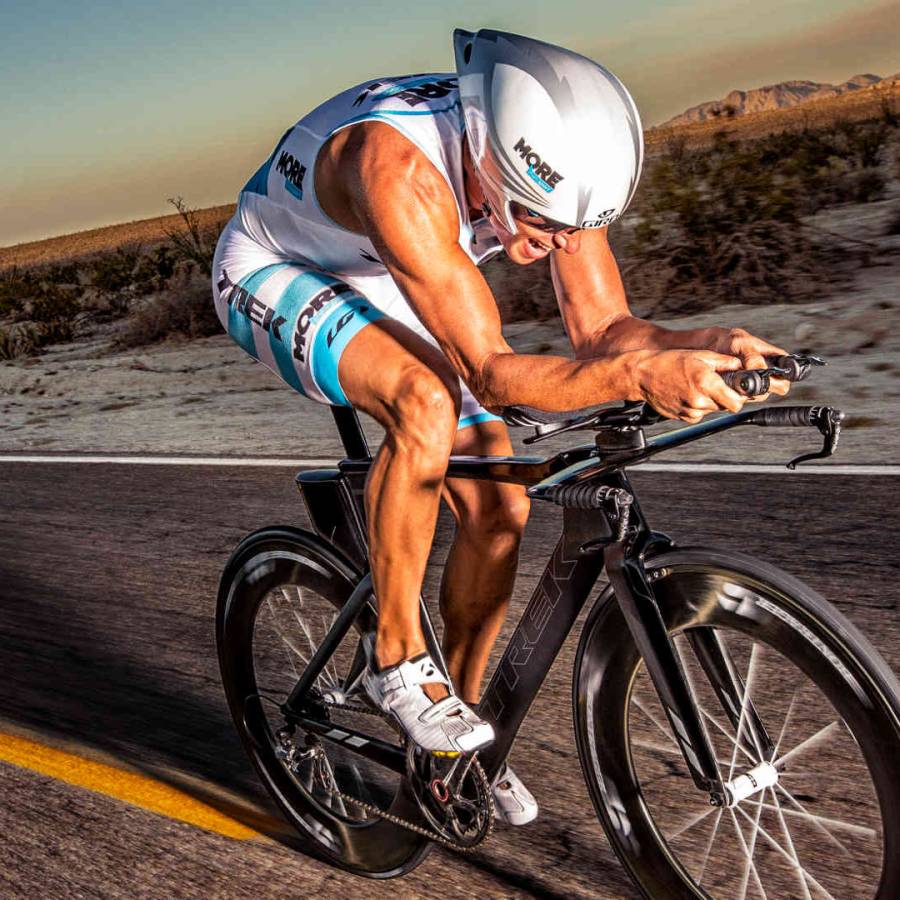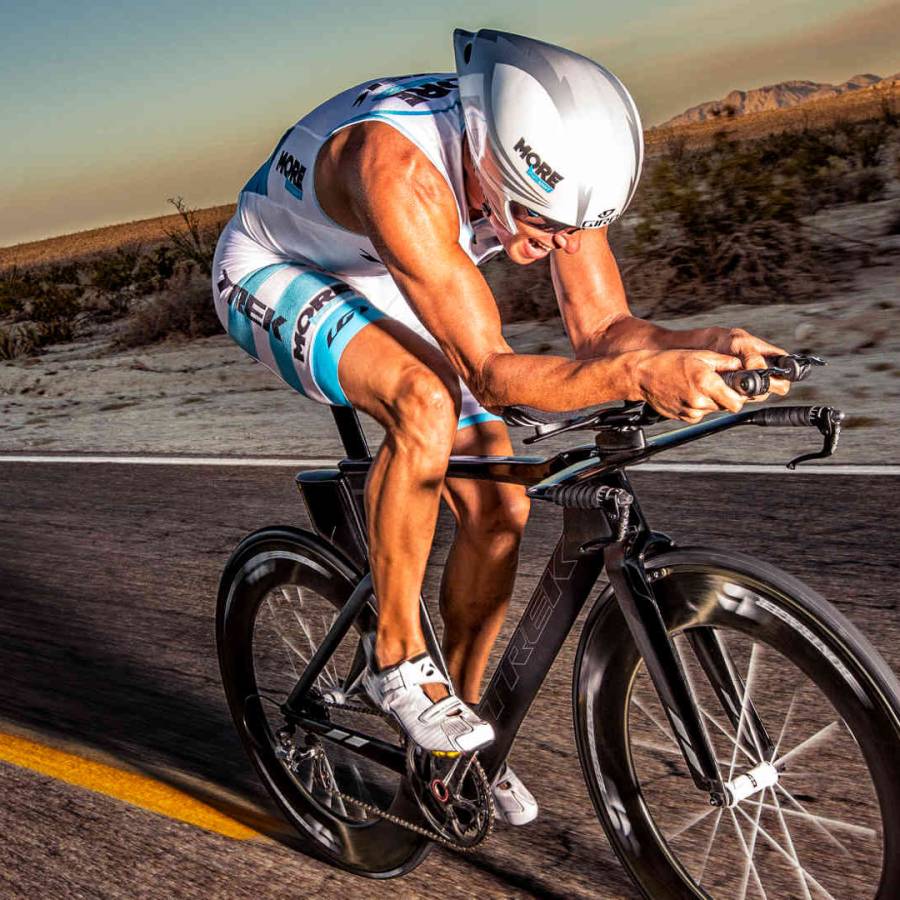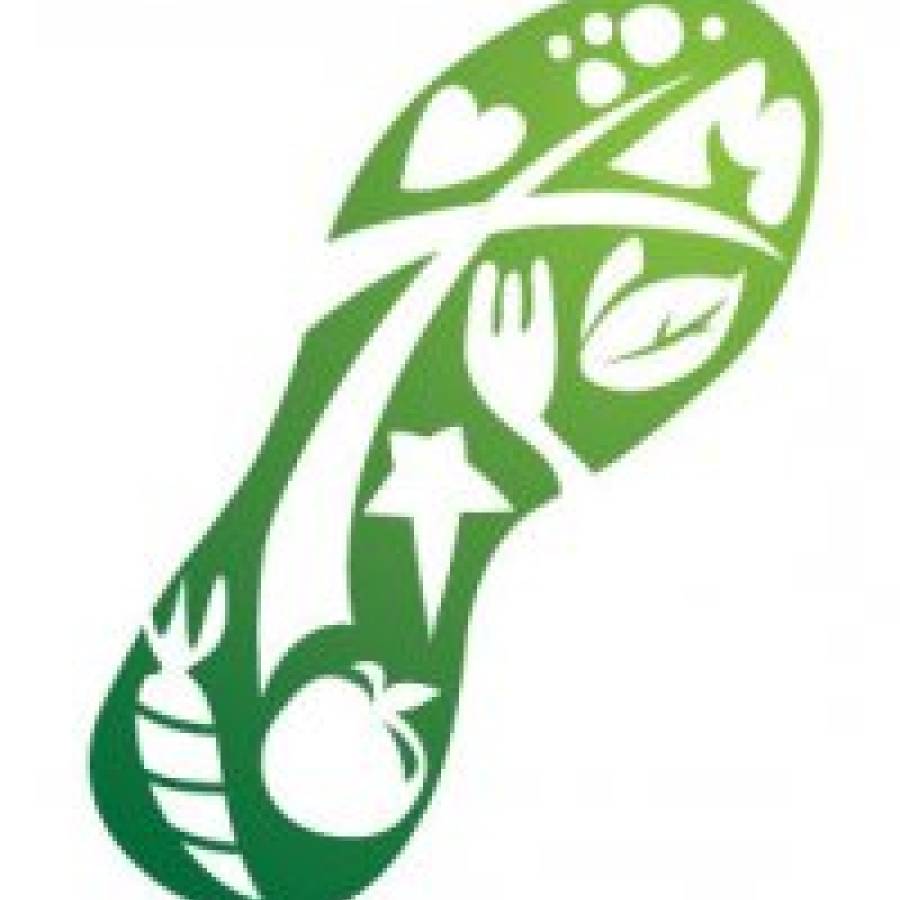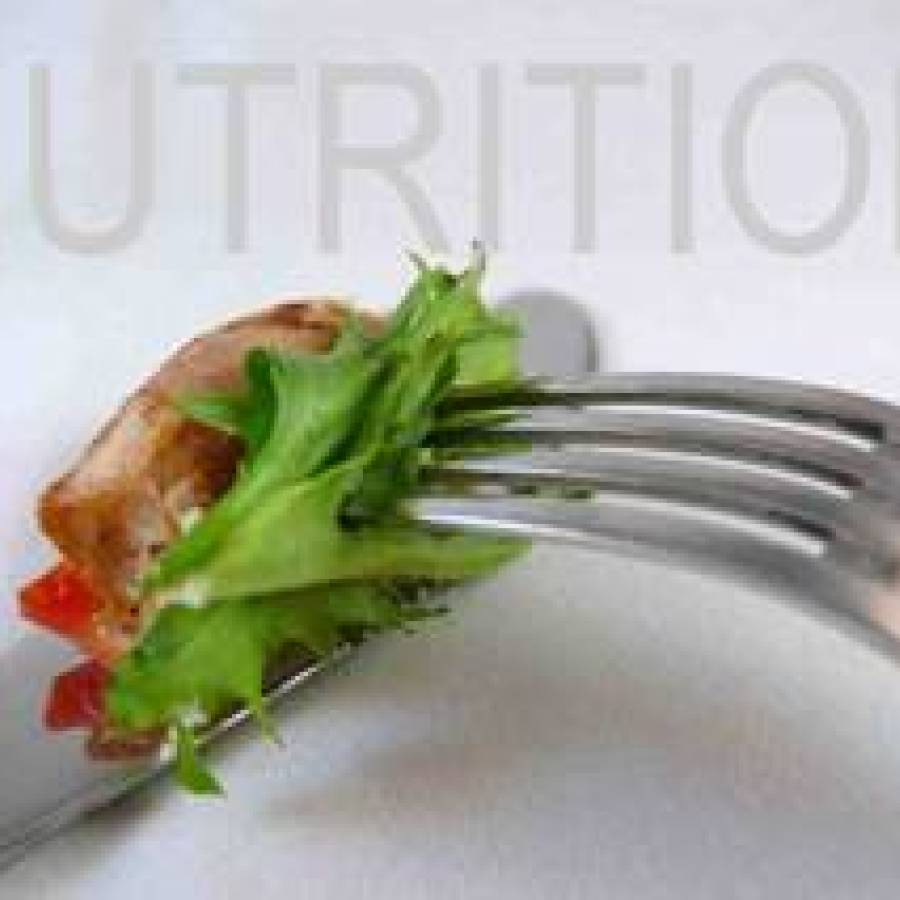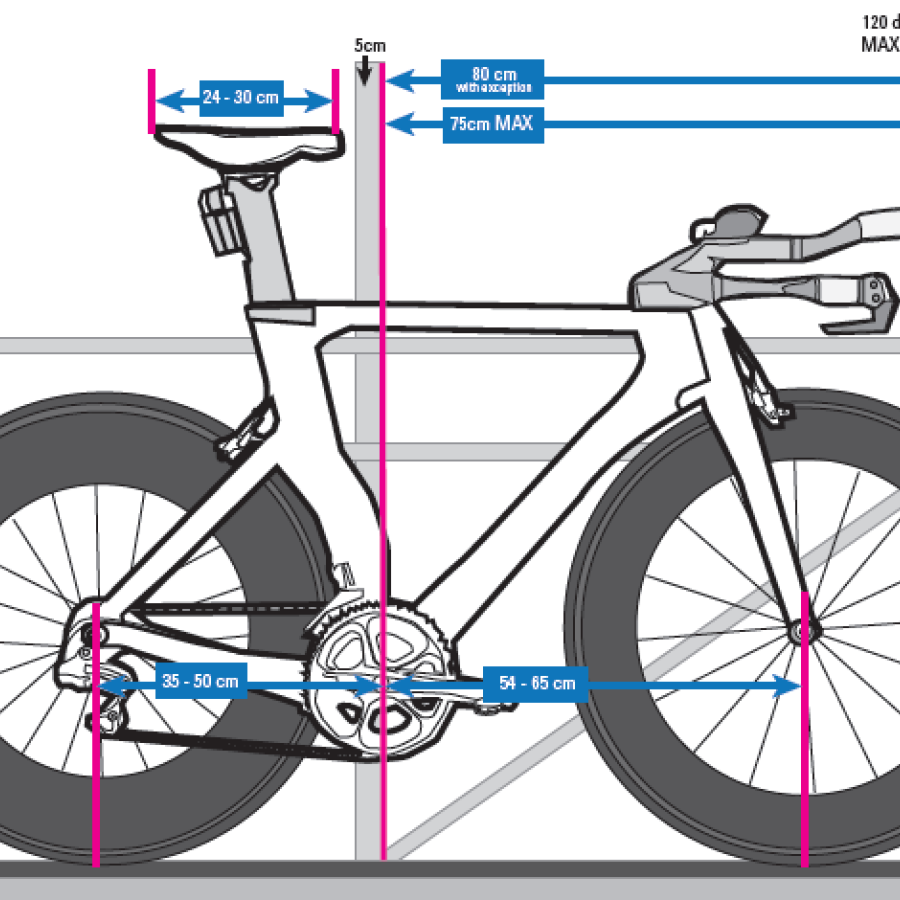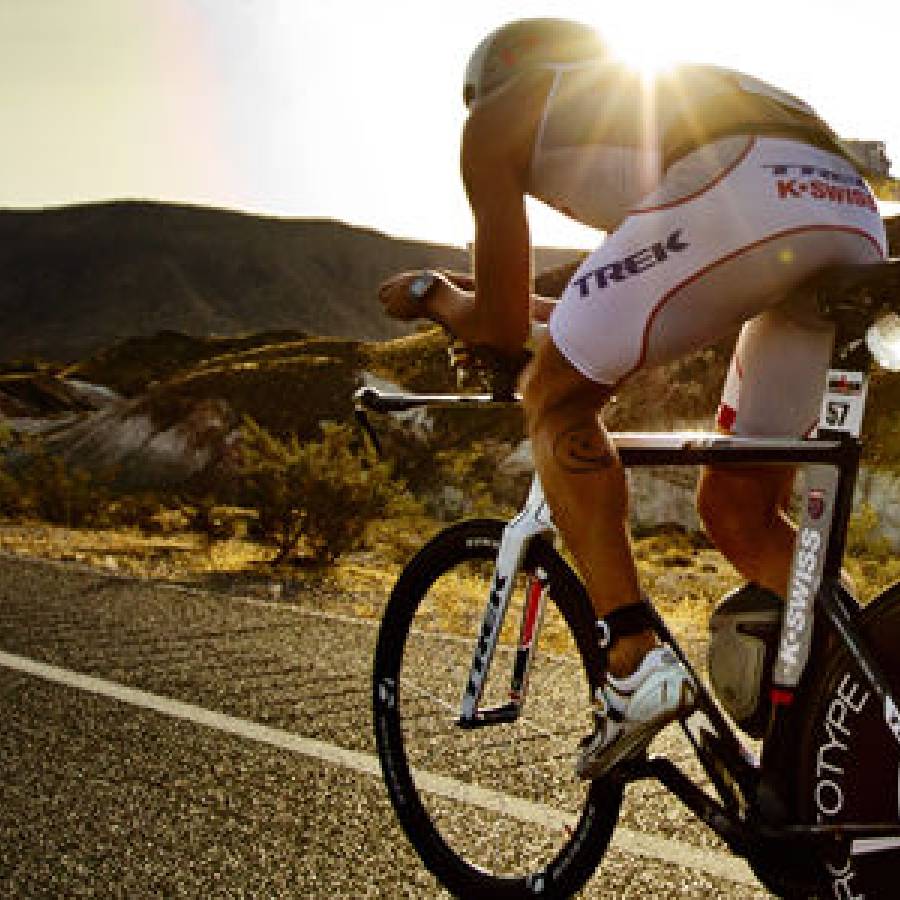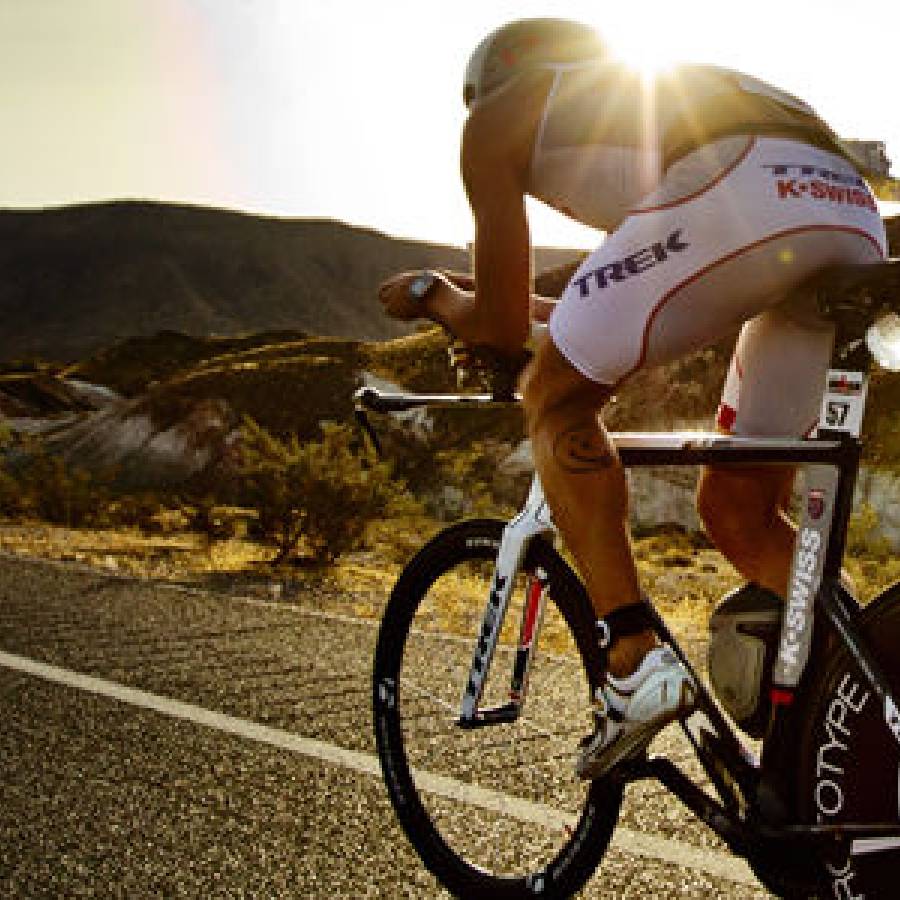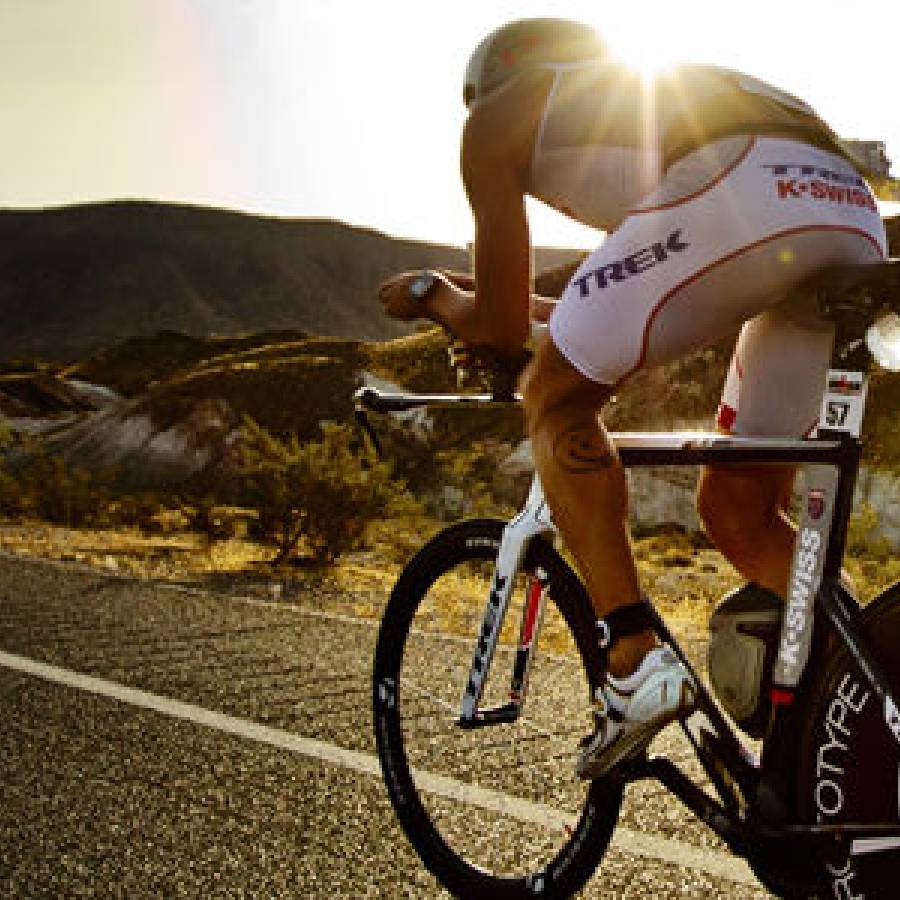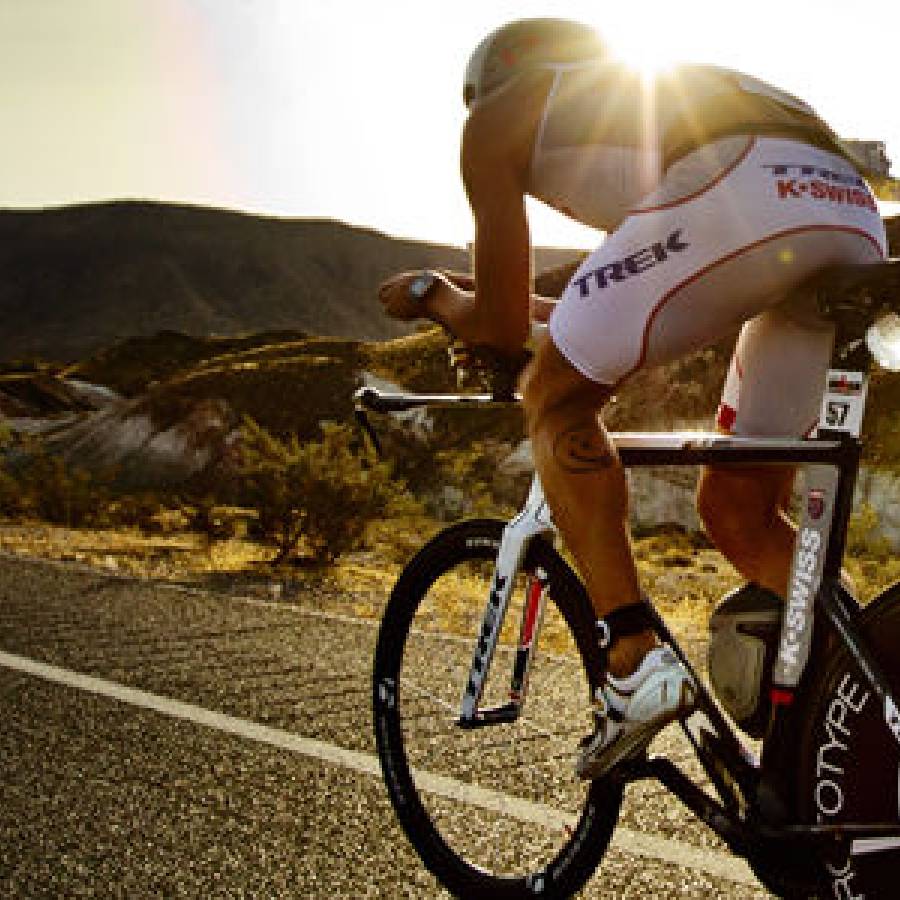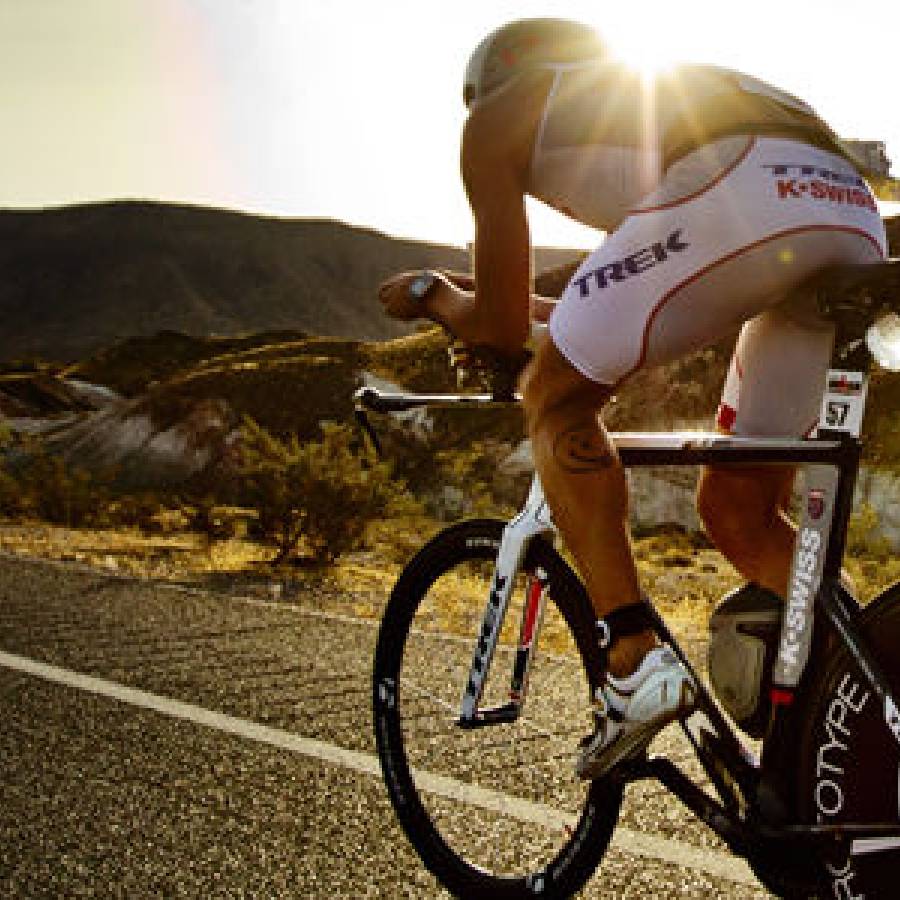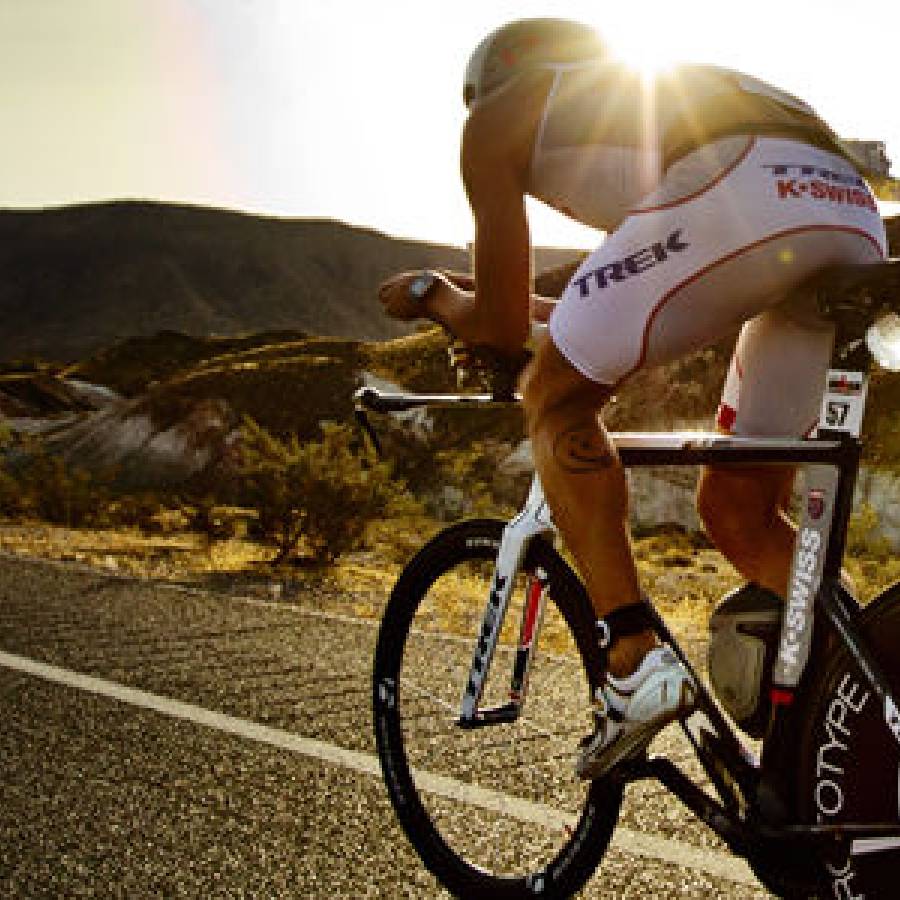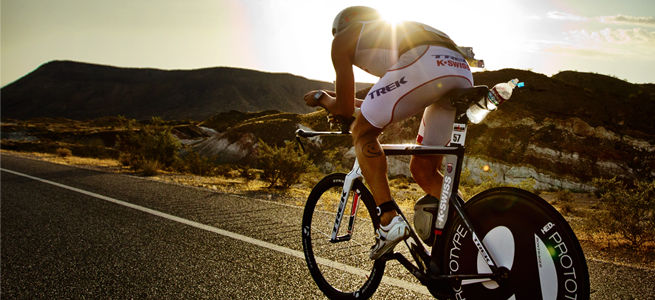
One of the more popular questions recently seems to be “what is the proper crank length for my bike?” Google this subject and you will find many articles pointing to the same set of studies. These studies all state the same thing; crank length is small and significant only at the very extreme lengths. It's hard to quantify a difference in efficiency between cranks lengths regardless of a rider's height. The majority of riders will not benefit from adjusting crank length. Even for those who are extremely tall or short, cranks will compromise power of the tallest and shortest riders by at most 0.5%.
The interesting part about researching this subject was the varying opinions represented in the articles. Using the same findings, I found people are passionate one way or the other about the benefits of adjusting crank length. Some argue no difference while others are adamant crank length is important. Curiosity led me to the following observations.
Most mass produced bike frames and components assume the general population’s torso, arms, and legs are relatively proportionate to one another; the larger the bike, the longer the crank. General Crank Length Rules:
- If inseam 79 cm or less = > 170 cm
- If inseam 79-81 => 172.5
- If Inseam 84 or greater => 175
Why does somebody with longer legs need longer cranks? Muscles have a certain optimal reach within which they can exercise the most power. This reach gets wider when muscles get longer. In order to use this optimal reach to its full potential, the length of the cranks must get longer, so the angles of the joints get larger and, as a result, the length of the muscles can vary over a larger distance. By contrast, if you have a long torso and short legs, reducing your crank length may help your bike fit and comfort.
Consider the ramifications of longer cranks. Lengthening a crank arm may create problems. If you add 1mm to a crank's length, you lower your saddle that same 1mm to preserve your knee angle at bottom dead center. At top dead center, the pedal axle is now 2mm closer to your torso because that crank now sits 1mm higher above the BB axle. Every increment you lengthen the crank, your knee is double that increment closer to your torso as you start to apply power to the pedals at top dead center. This reduces power at that portion of the pedal stroke. Summary, the power you gain at the front or downward portion of the pedal stroke is lost at the top of the pedal stroke creating a stop and go effect to your overall pedal stoke.
As Dan Empfield points out in his article Crank arm length for Tri (http://www.slowtwitch.com/Tech/Crank_arm_lengths_for_tri_727.html), most articles and studies don’t acknowledge the relationship between the equipment/technology and the desired riding technique. For many years, time trialing with longer cranks at a lower cadence was thought to be the company standard. In the last 10 years, a higher cadence is the new trend supported by…. shorter cranks. Crank length should not be thought of by itself. It is one of many components in the drive train and should be considered collectively with gearing, frame size, saddle height, and overall bike fit. None of the drive train specifications are mention very often in articles or studies.
Looking to equipment to increase performance (specifically speed, reduction in rolling resistance, improve comfort, etc…) is a common practice. Success varies and is relative based on the difference between the old and new equipment, fitness, strength, experience, and course. Aerodynamic fiberglass fenders and racing wheels to an NASCAR race car are essential because it supports what the engine’s capabilities. When selecting to buy or upgrade equipment, complimenting your abilities, or potential abilities, technique, or course navigation should be considered to select the appropriate investment.
With the exception of a power meter, looking to equipment to improve power (in my opinion) is a mistake. Changing crank length has a very small effect on maximum power output. Power comes from two primary pieces of equipment; the right leg and the left. Look to your training program, pedal stroke (form), strength training, bike fit, or coach to help make strides with power improvement.
Efficient pedaling requires pedaling in ”circles” or producing even torque throughout the pedal stroke cycle. This is best accomplished by pushing across the top of the pedal stroke while pulling back across the bottom of the pedal stroke. Developing the technique to produce maximal power, especially at high pedaling rates, takes years of training.



